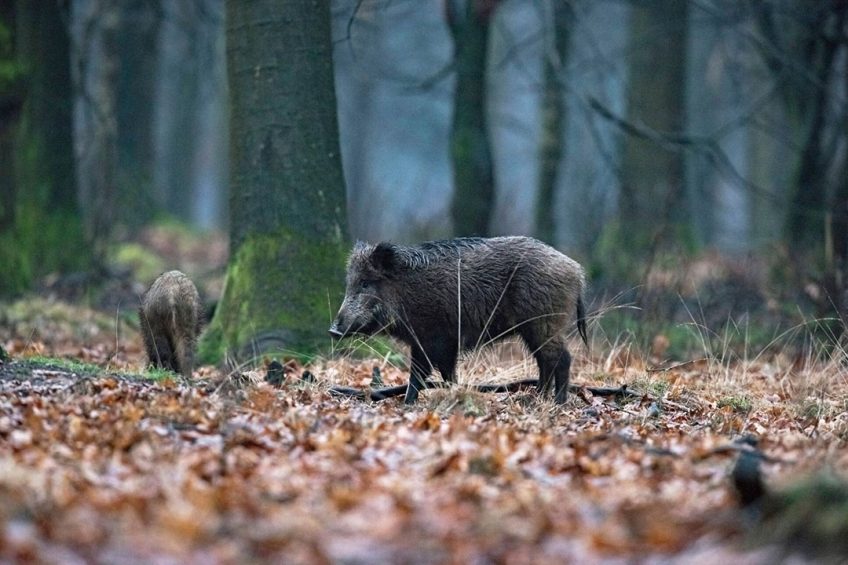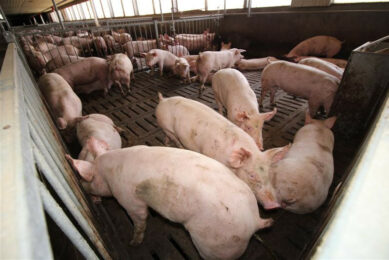ASF Poland/Germany: Permanent border fence nears completion

The permanent border fence between Germany’s Brandenburg state and Poland nears completion. In a press release, the responsible minister indicated to be optimistic.
Brandenburg is 1 of the 2 Eastern German border states that have detected African Swine Fever (ASF) in its wild boar population. This weekend, the count was at 861 cases in this state alone since the onset of the outbreaks in September 2020. These were found in 3 core zones.
To the south, the virus is also found in Saxony state, where 98 infected wild boar have been discovered. 1 more German state is bordering Poland: Mecklenburg-Vorpommern. This state has also been constructing a permanent fence at the border, even though no cases of ASF in wild boar have been discovered there.
A stable epidemic in Germany
Last week, Anna Heyer-Stuffer, Brandenburg’s state secretary for consumer protection indicated that the fence in Brandenburg state is “almost complete” and was optimistic about the ASF situation which she called “a stable epidemic,” pointing to the fact that all new outbreaks have occurred in already infected areas and do not seem to spread further. In addition, she said that there are talks ongoing with the German federal government to establish security zones on German soil as an alternative to a common “white zone” with Poland.
White zones are an essential element in the European Union approach to combat ASF in wild boar. The idea is to fence off areas that are infected, the next is to fence off a corridor (“white zone”) around the infected area, where all wild boar will be actively hunted. The idea is that in such a way the virus cannot escape to other boar. Once the white zones are completely void of wild boar, hunters will enter the infected zone to finish off any further wild boar.
As the majority of the infected zones in Germany are literally at the border, the creation of white zones would be a transnational issue, including a river. Plus, on the opposite side in the Polish provinces Lubusz and West Pomerania, the spread of the virus does not seem to be under control at all.
ASF situation in Märkisch-Oderland
Only in the northernmost infected zone in Germany, in the district Märkisch-Oderland, the situation is not completely under control yet, according to Germany’s agricultural title Top Agrar. Even though mobile electronic fences have been set up to create white zones, the construction of permanent fences has been delayed due to the discovery of ammunition in those areas.
The map shown above displays the situation as reported by Polish and German authorities last week. From Germany, no fresh data come through at the World Organization for Animal Health (OIE), so it is not possible at the moment to present fresh outbreaks. In terms of absolute numbers, Brandenburg reported 30 new infections, bringing the total at 861 and Saxony reported 7 fresh infections, bringing the total to 98.
On the Polish side, figures for March continue to come in. Total number of infected wild boar in Western Poland has grown to 4,380 since November 2019. The majority of outbreaks is happening in Lubusz province, located opposite to Brandenburg state in Germany. In that state alone, 3,730 infected wild boar were found.











